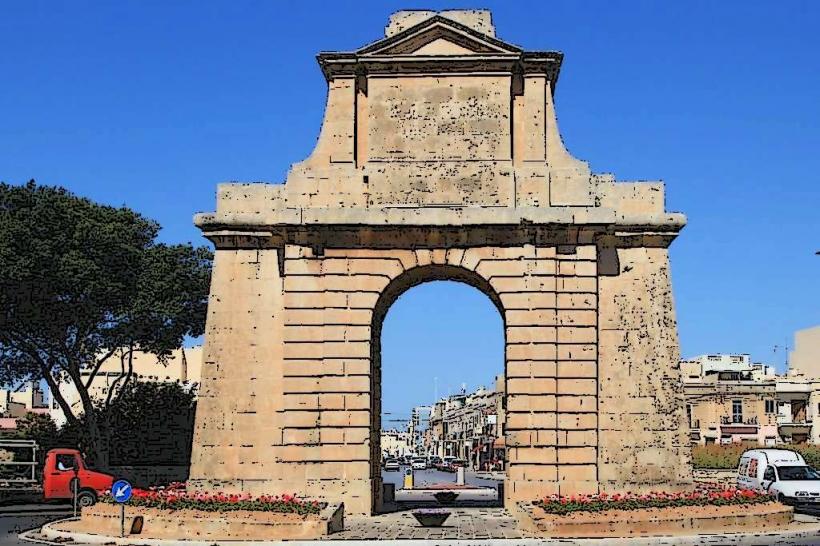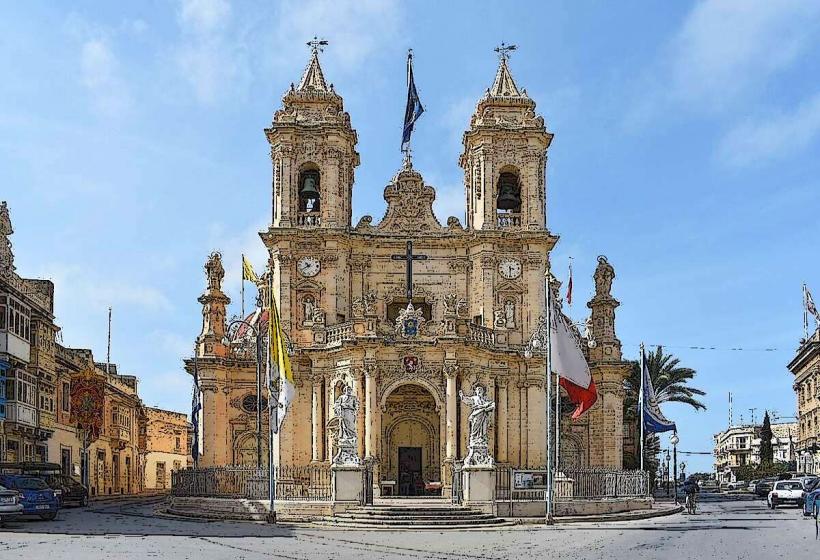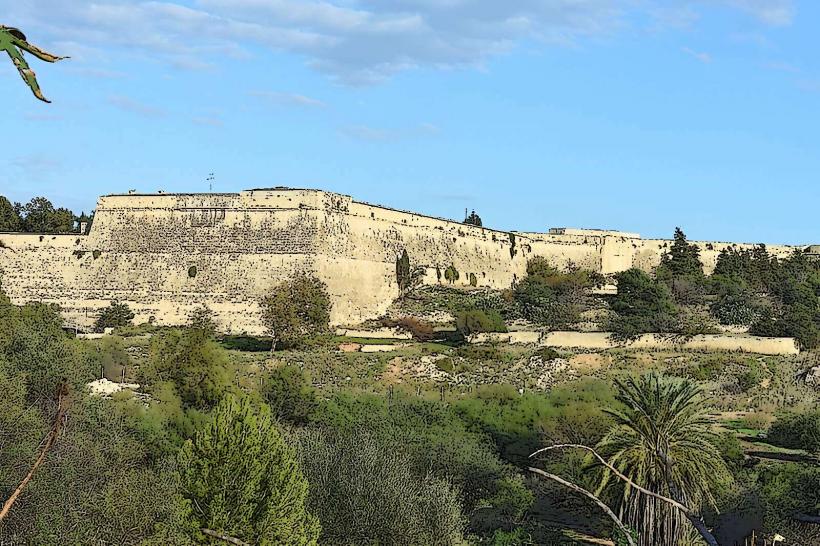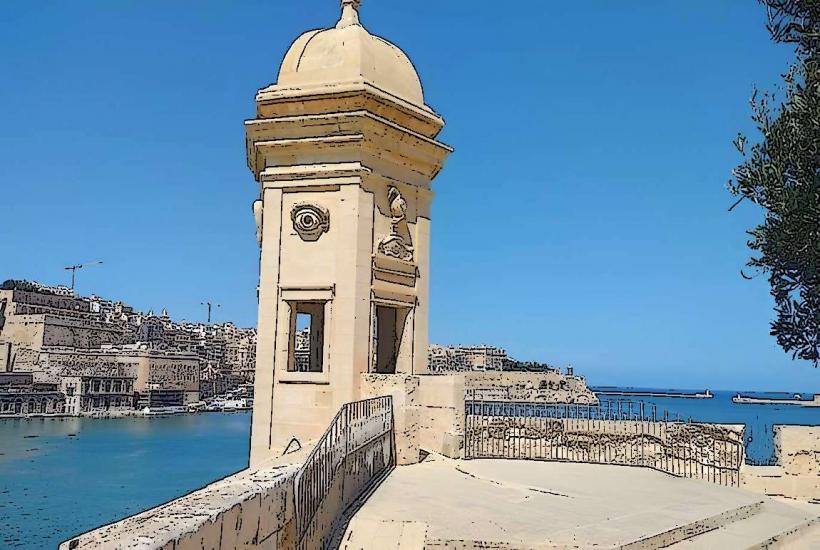Information
Landmark: St. James BastionCity: Zabbar
Country: Malta
Continent: Europe
St. James Bastion
St. James Bastion is a prominent fortification forming part of the defensive architecture of Valletta, Malta's capital. Constructed by the Knights of St. John during the 16th century, it is one of the bastions integrated into the formidable city walls that protect Valletta, designed to withstand sieges and artillery assaults. Its strategic location and robust design make it a significant feature of Malta's military heritage.
Historical Background
- Built By: The bastion was constructed soon after the founding of Valletta in 1566, under the direction of military architect Francesco Laparelli, with modifications later completed by Girolamo Cassar.
- Purpose: St. James Bastion was designed as part of Valletta’s fortified grid system to protect the city from potential Ottoman invasions following the Great Siege of 1565. It served both as a defensive stronghold and a key artillery platform.
- Location: Situated on the eastern side of Valletta, it faces Marsamxett Harbour, offering commanding views of potential naval approaches.
Key Features
1. Structural Design
- Bastioned Form: The bastion's angular design minimizes blind spots, allowing for overlapping fields of fire to protect against enemy assaults.
- Curtain Walls: It is connected to neighboring defensive structures via thick curtain walls, forming a seamless defensive line.
2. St. James Cavalier
- Description: Adjacent to the bastion is St. James Cavalier, a raised platform that provided additional protection and housed artillery. Today, it has been repurposed into a cultural center, hosting art exhibitions and performances.
- Significance: It symbolizes Valletta’s successful blend of historical preservation and modern cultural innovation.
3. Defensive Features
- Gun Emplacements: The bastion originally featured numerous artillery positions, allowing defenders to repel land and sea-based threats.
- Ditch: A dry moat surrounding the bastion added an additional layer of defense, making direct assaults more difficult.
Modern-Day St. James Bastion
- Restoration and Preservation: The bastion has been carefully restored as part of Malta’s efforts to preserve its rich military history. The stonework and structural elements have been reinforced to ensure their longevity.
- Public Access: While some sections are restricted, the surrounding area offers walking paths and interpretive panels detailing its history.
- Views: Visitors to the bastion can enjoy panoramic views of Marsamxett Harbour, Manoel Island, and parts of Valletta's skyline.
Cultural Significance
St. James Bastion reflects the Knights’ strategic ingenuity in building Valletta as a fortified city capable of withstanding even the most formidable adversaries. Its enduring presence speaks to Malta’s pivotal role in Mediterranean geopolitics during the 16th and 17th centuries. The transformation of nearby structures like St. James Cavalier into a cultural space highlights Malta’s commitment to balancing its historical heritage with contemporary uses.
St. James Bastion, with its impressive fortifications and historical importance, offers a vivid glimpse into Malta’s martial past and its ongoing efforts to celebrate and preserve its legacy.





